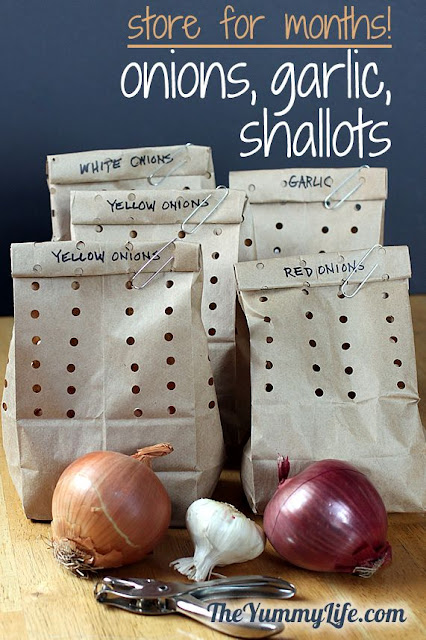Mexican Cuisine - Pecan Pie
Pecan Pie

Where did pecan pie originate?
Pecan pie is an
American creation. Pecans are native to North America;
the nuts were propagated by Native Americans as far north as Illinois and the
southern part of Iowa, according to Edgar Rose, a former engineer and self-made pecan
pie expert who lives in Illinois.
Pecans grew along
areas watered by the Mississippi River, spreading a bit to the east into
Alabama. Following the Civil War,
commercial developers brought in a few varieties of pecans to grow in Georgia
(the state is now the main commercial grower of pecans in the U.S.). Grafted pecan trees also
became prevalent in Louisiana in the mid to late 1800s. The name of the nut itself is derived from the
French word pacane, which is taken from the Algonquian word for “nut.”
That may help explain why some believe the French invented the
pecan pie after settling in New Orleans, though there’s seemingly
little evidence to support that.
“Once people had
pecans, they started using them for baking,” Rose says. The earliest printed
pecan recipes began popping up in Texas cookbooks in 1870s and 1880s; the first
recipe that most closely resembles what we know today as pecan pie was
published in 1898 in a church charity cookbook in St. Louis, but it was sent in
by a Texas woman.
By the beginning of the 20th century,
recipes for pecan pie had started appearing outside of Texas, but the pie
wouldn’t surge in popularity until the mid-1920s. That’s when the manufacturer
of Karo syrup began printing a recipe for pecan pie on cans of the product, as
James McWilliams noted in The Pecan: A History of America's
Native Nut. Wide distribution of Karo syrup introduced many
people to pecan pie, who found it was quite simple to make.
“That is why, to this
day, most of the recipes for pecan pie still use Karo syrup,” Rose explains.
Who Created the First
Pecan Pie Recipe?
Though pecans have
likely been used by Native Americans for centuries, they did not appear in
print until the late 19th century. From then, pecan pie history takes a very
Texas focus. Since the 1870s, pecan recipes began to flourish in Texas
cookbooks, though pie was not among them. Though a single person cannot be
pinpointed as creating pecan pie, a recipe for this dessert first appeared
in a St. Louis cookbook in 1898, and the credit goes to a Texas woman who
submitted it. These nuts wouldn’t catch on in the South’s pie recipes until
later when a company integrated its product into the recipe, which popularized
both.
What are the typical ingredients in a pecan pie?
Technically
classified as a “sugar pie,” the classic pecan pie recipe
promulgated by the makers of Karo syrup uses a cup of the product in the
mixture, along with eggs, sugar, butter, vanilla extract, and of course,
pecans. Alternatives for Karo syrup include brown sugar and molasses, and some
recipes add bourbon, rum, or whiskey into the mix. Pecan pie is nearly always
baked in a traditional pie crust verses a crumble crust or a cookie crust.
Are there regional
variations on the pie?
As with any classic
dish, near-countless variations have emerged. Popular additions to the traditional
pecan pie include bourbon, whiskey, shredded coconut, and chocolate. There are
also pecan pie-cheesecake hybrids, pecan hand pies, and, strangely enough,
pseudo-healthy versions involving chia seeds.
Molasses or brown sugar sometimes serve as a substitute for the corn syrup, an
ingredient that’s gotten a bad rap from nutrition advocates in recent years.
Since the recipe for
pecan pie is so simple, there are really no stark regional divides when it
comes to method or ingredients. Sweetness, however, is a different story: Rose
generally finds folks from south of the Mason-Dixon Line prefer their pies on
the sweeter side, relaying an old Southern baker’s credo that a pie should be
“sweet enough so that the fillings in your teeth hurt.”
What makes it gooey?
The dense combination
of butter, sugar, corn syrup, and eggs create the gooey interior of pecan pie,
which complements the crispiness of the top layer. While baking, the pecans
rise to the top, leaving a gooey layer of sugary custard below. .
How have recipes for pecan pie evolved over the years?
Early 20th century
recipes for pecan pie occasionally contained
items such as milk and raisins, but once the Karo syrup recipe spread across
the country, the ingredients changed little (barring personal tweaks and
individual preferences). The majority of pecan pie recipes published today are
still based on the traditional Karo syrup recipe.
How did it become a Thanksgiving staple?
With the advent of
corn syrup and a pecan surplus, the popularity of the pies spread across the country. Pecan harvesting begins in late
September and extends into November, making the timing just right to fuel pecan pie baking for
the holiday.
How do you really pronounce pecan?
Pronunciation surveys
have yielded as many as four variants on
the pronunciation of pecan: pee-KAHN, pick-KAHN, PEE-can, and PEE-kahn. Rose
has his own thoughts though, taken from an experience at a restaurant in
Georgia, where a waitress informed him: “Over here, we don’t call it ‘pee-can’
pie. To us, a pecan is something that long distance truckers use when they
don’t want to make many stops. We call it ‘pick-kahn’.”
Refrence :
http://texashillcountry.com/pecan-pie-history-texas/




Komentar
Posting Komentar